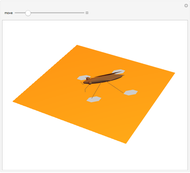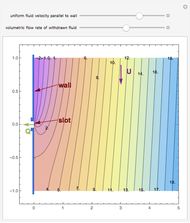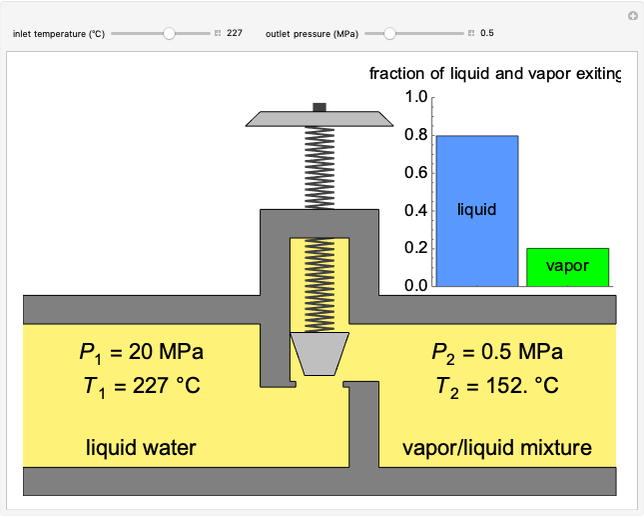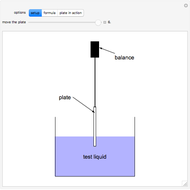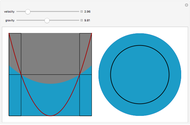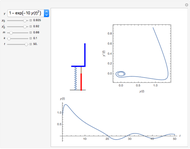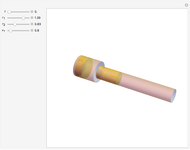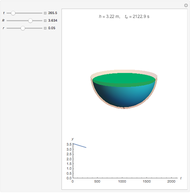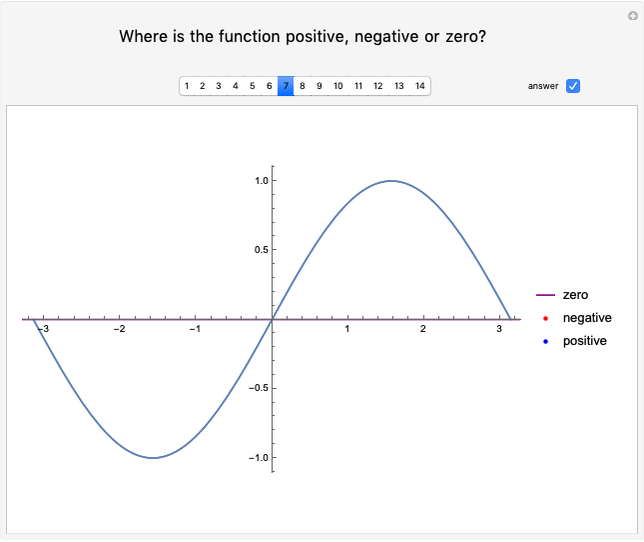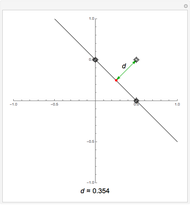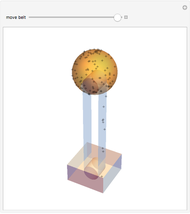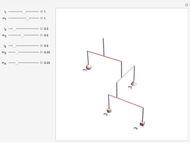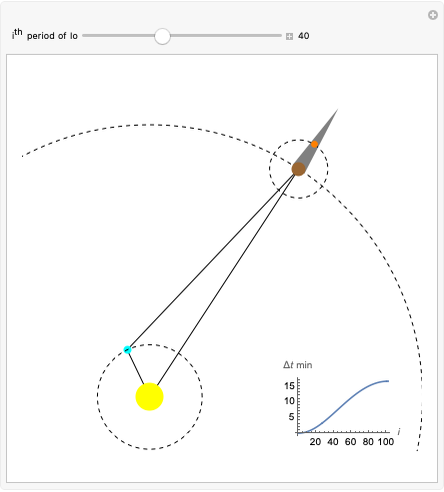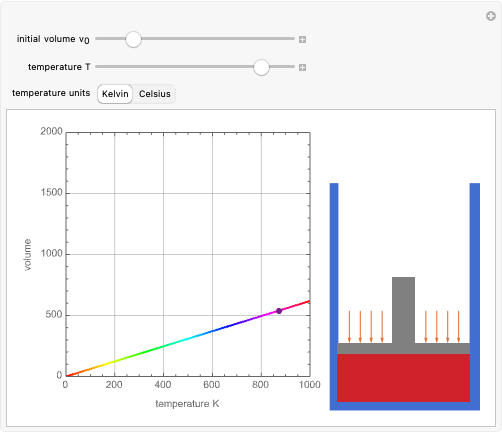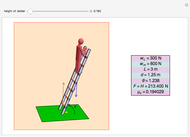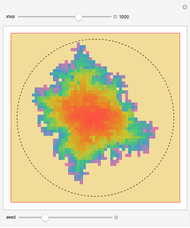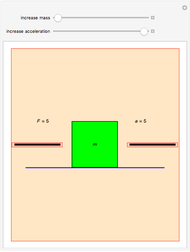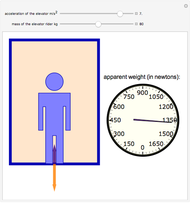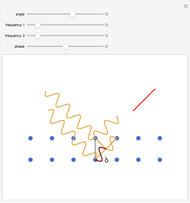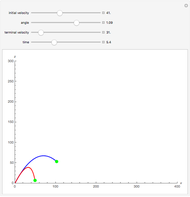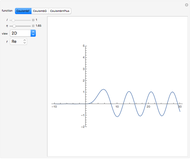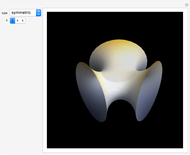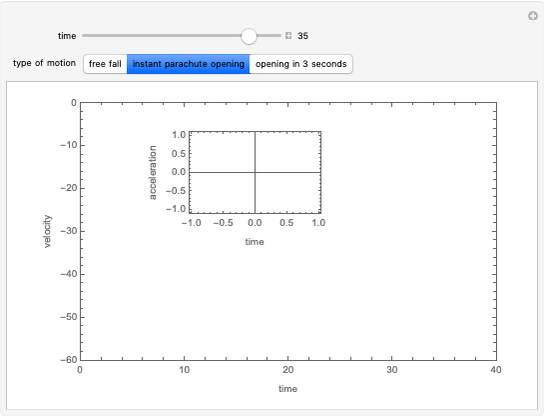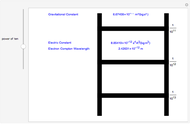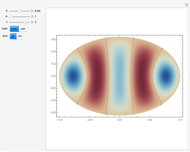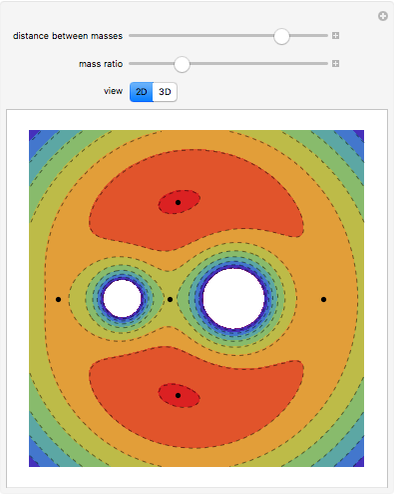Plateau-Rayleigh Instability in Water Stream

Requires a Wolfram Notebook System
Interact on desktop, mobile and cloud with the free Wolfram Player or other Wolfram Language products.
When water pours from a faucet, instead of keeping a cylindrical flow, the fluid tends to break into drops due to surface tension; Joseph Plateau studied this phenomenon, and it was explained theoretically by Rayleigh.
Contributed by: Enrique Zeleny (April 2014)
Open content licensed under CC BY-NC-SA
Snapshots
Details
In the simplest approximation, the radius of the stream along the  axis at an intermediate stage before breaking into drops is given by
axis at an intermediate stage before breaking into drops is given by
 ,
,
where  is the radius of the strand,
is the radius of the strand,  is the wave number, and the
is the wave number, and the  are the amplitudes of the perturbations.
are the amplitudes of the perturbations.
References
[1] Wikipedia. "Plateau–Rayleigh Instability." (Apr 28, 2014) en.wikipedia.org/wiki/Plateau% E2 %80 %93 Rayleigh_instability.
[2] V. Y. Chen. Surface Tension: Plateau Rayleigh Instability [Video]. (Apr 28, 2014) www.youtube.com/watch?v=ml4KEy4N0gc.
[3] U. Miyamoto, "Curvature Driven Diffusion, Rayleigh–Plateau, and Gregory–Laflamme." arxiv.org/pdf/0804.1723v2.pdf.
Permanent Citation






